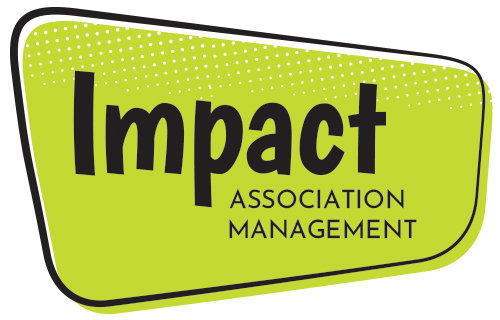We all have members that have fallen off through the years or a targeted group of potential members. They remain in your contact list and you might send them the occasional email blast inviting them to an event or trying to entice them to rejoin the group. Why not take that a step further? One of our Executive Administrators, Caroline, did just that for one of our clients!
Caroline noticed a lack of new members joining and wanted to help her client grow their membership. In December 2019, she launched a new member recruitment campaign. This campaign targeted those in the industry and area that were not members. The campaign offered a 50% discount on 2020 dues to nonmembers. The regular rate is $260, making the discounted rate $130. Seeing that 50% off discount is enough to at least have people pause and consider the offer.
She then mailed this promotion to 272 non-members. The response was great and put the association back in front of some new eyes. Through this campaign, the association gained 11 new members and a branch of a current member that included 17 new individuals.
Associations might be hesitant to take this jump when thinking about costs. You might assume taking a cut in dues and spending the time and resources to send out a mailer, will not pay off. The results, however, showed. The total cost of sending the mailer and generating the list of recipients was $392.28. The income from this campaign was $1560 for this year alone. This results in a net income of $1,167.62. This is a huge for a nonprofit! It also only represents the amount of income generated from this campaign in this year. These new members will likely stick around for future years paying the full amount.
In looking for ways to grow membership or get previous members back involved, it is important to try new things. By giving a discount as an incentive, you are giving those members a trial run of what being a member of the association would look like. Once they have been in there, seen the benefits, and connected with others, they are more likely to stick around.





